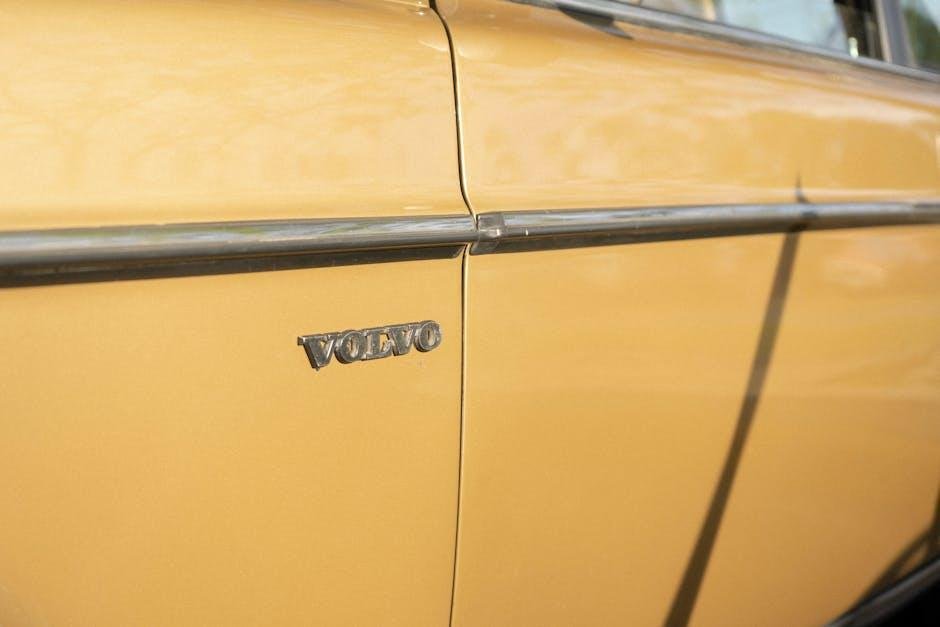When it comes to preserving the beauty of our beloved antiques and vintage treasures, few debates are as contentious as the choice between restoring a piece or keeping it’s original finish. each option carries its own set of advantages, challenges, and emotional connections that can leave even the most seasoned collectors in a quandary. Should we embrace the patina of time, with its stories etched into every scratch and dent? Or do we opt for a fresh restoration, reviving the item to its former glory while perhaps sacrificing its historical authenticity? In this exploration of “Restoring vs. Keeping Original Finish: What’s Best?”, we delve into the nuances of restoration, the importance of provenance, and the techniques that can either enhance or compromise the integrity of cherished items. Join us as we navigate this intricate dilemma, seeking to illuminate the paths of preservation and recognition in the world of antique and vintage collectibles.
Restoration Dilemmas: Understanding the Value of Original Finish
The conversation around restoration often hinges on one critical question: should a piece be restored or preserved in its original state? Original finishes carry a unique charm and historical significance that can be diminished or fully lost through restoration processes. Vintage paint, patina, and wear accumulated through decades tell a story that speaks to the character and authenticity of an item. For collectors or enthusiasts, the emotional connection to the original finish frequently enough surpasses the pursuit of a “like-new” appearance, making the case for keeping it intact. The craftsmanship from another era can shine through in a way that modern refinishing techniques cannot replicate.
Conversely, the allure of a polished, restored piece can be tempting, particularly for those who appreciate a more modern aesthetic. Restoration can improve functionality and longevity, enhancing the usability of items that might otherwise be sidelined due to their condition.However, this decision must be weighed against potential depreciation in value and authenticity. In essence, the dilemma becomes whether to prioritize aesthetic appeal or heritage retention, and the answer often varies based on individual preferences and objectives in collecting or restoring. Factors such as historical relevance, sentimental value, and market demand can all influence this decision, making it a richly layered topic that deserves careful consideration before moving forward.

Preserving Authenticity: Weighing the Benefits of Originality
When it comes to the restoration of vintage items, whether it’s furniture, cars, or artworks, the debate between maintaining the original finish and opting for restoration comes down to the heart of authenticity. Original finishes carry a unique story – they bear the marks of age, use, and history, frequently enough encapsulating the essence of the era they represent. While they may show signs of wear,many collectors and enthusiasts appreciate these imperfections as they contribute to the charm and character that new or restored finishes may lack.Choosing to preserve the original surface can also enhance the item’s value in the long run, as authenticity is often a significant factor in collectible markets.
On the other hand, restoration offers a chance to rejuvenate a piece, making it visually appealing while still retaining its character. Through careful techniques, artisans can refresh the component parts without erasing its history. However,this process carries the risk of diminishing the item’s value if not executed carefully.Here are some important aspects to consider when weighing your options:
- historical Significance: Original finishes often add to the value.
- Aesthetic Appeal: A restored finish can make a piece look new and inviting.
- Long-term Value: Preservation can enhance collectible appeal.
- Cost: Restoration services can be expensive and vary widely in quality.

Process Comparison: Techniques for Restoration versus preservation
When considering restoration versus preservation, each technique encompasses a distinct array of methodologies aimed at achieving different outcomes. Restoration typically involves a more hands-on approach, where the object or structure is meticulously repaired to resemble its original condition, often employing techniques such as:
- Cleaning: removing dirt, grime, and previous repairs.
- Refinishing: Applying new coatings or finishes to restore appearance.
- Structural Repairs: Fixing broken or deteriorated elements.
Preservation, on the other hand, prioritizes maintaining the current state of an object, often employing methods that minimize intervention. This might involve techniques like:
- Preventative Conservation: Implementing climate control measures to slow degradation.
- Documentation: Carefully recording the existing condition before any changes are made.
- Protective Measures: Using barriers to shield items from environmental sources of deterioration.
| Technique | Focus | Outcome |
|---|---|---|
| Restoration | Return to Original | Looks like New |
| Preservation | Maintain Current State | Authenticity Remains |

Making the Choice: Factors to Consider Before Your Decision
Choosing between restoration and keeping the original finish can be a complex process influenced by various crucial factors. Firstly,consider the historical significance of the piece. If the item holds substantial value due to its age or provenance, maintaining the original finish may be more appropriate. additionally, evaluate the condition of the finish; minor wear and tear might not warrant restoration, while severe damage could necessitate a careful restoration process. A thorough assessment of the wood’s integrity and any potential hazards, such as mold or pests, is also essential.
Another important consideration is the intended use of the item. If it’s a decorative piece meant to be displayed, the original finish often adds character and authenticity. Conversely, if the item will see everyday use, a restoration might enhance usability and longevity. Budget constraints should also play a role in your decision; restoration can be a costly endeavor. Lastly, think about the personal values tied to the item. Are you aiming for aesthetic appeal, or do you prioritize historical fidelity? Balancing these factors will guide you toward a well-considered decision.
Wrapping Up
In the intricate dance between preservation and restoration,the choice between maintaining an original finish and opting for rejuvenation often stirs passionate debate among enthusiasts and collectors. As we’ve explored the nuances of each approach,it’s clear that both paths hold their own merits and challenges. Ultimately, the decision lies in the hands of the custodian—whether the aim is to honor the artifact’s history, maintain its integrity, or revitalize its appearance for future generations.
As you ponder your own journey with cherished possessions, remember that there is no definitive right or wrong.Your choice should reflect a blend of personal values,the significance of the item,and its intended future. the beauty of restoration lies in its potential to breathe new life into old stories, while preserving original finishes captures the essence of time long forgotten. May your decisions be guided by an appreciation for the past and a vision for what lies ahead.




